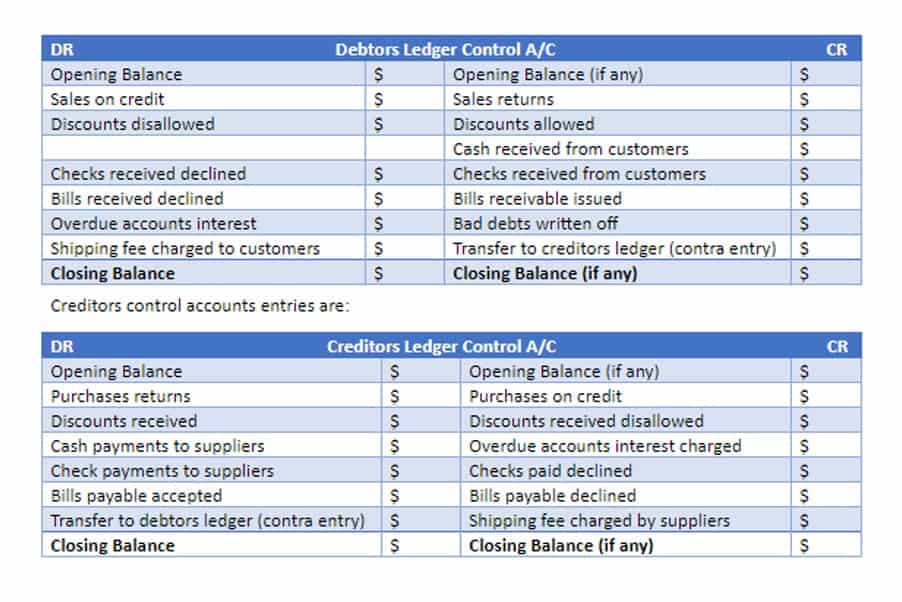If there isn’t, the dividend payment may be illegal, and your business can be subject to HMRC penalties. A positive number indicates that cash has come into the company, which boosts its asset levels. A negative figure indicates when the company has paid out capital, such as retiring or paying off long-term debt or making a dividend payment to shareholders. To figure out dividends when they’re not explicitly stated, you have to look at two things.
It includes a company’s revenues, expenses, gains and losses, and net income, which is the total after-tax profit made for the period. It is calculated before deducting the required dividends paid on the outstanding preferred stock. If a company has one million shares outstanding and declares a 50-cent dividend, then an investor with 100 shares receives $50 and the company pays out a total of $500,000. If it instead issues a 10% stock dividend, the same investor receives 10 additional shares, and the company doles out 100,000 new shares in total. Preferred stocks have stability without the potential payout that common shares have. Preferred stocks typically pay fixed dividends, which are distributions of company profits.
Many companies use part of the cash they generate to pay dividends to their shareholders, and those dividends show up on the cash flow statement as an outflow. Let’s look more closely at the formula you’ll see reflected on the cash flow statement with a company that pays dividends. The preferred stock dividends are required payments that must be made before it becomes possible to receive some of the business earnings and enjoy them.
To summarize other linkages between a firm’s balance sheet and cash flow from financing activities, changes in long-term debt can be found on the balance sheet, as well as notes to the financial statements. Dividends paid can be calculated from taking the beginning balance of retained earnings from the balance sheet, adding net income, and subtracting out the ending value of retained earnings on the balance sheet. This equals dividends paid during the year, which is found on the cash flow statement under financing activities. A company’s cash flow from financing activities refers to the cash inflows and outflows resulting from the issuance of debt, the issuance of equity, dividend payments, and the repurchase of existing stock.
- Financing activities show investors exactly how a company is funding its business.
- Negative overall cash flow is not always a bad thing if a company can generate positive cash flow from its operations.
- You can’t completely rely on reported net income as it appears at this point, though, because of the nature of preferred stock and its dividends.
- Dividends are often paid in cash, but they can also be issued in the form of additional shares of stock.
- For example, Fidelity offers preferred stocks to its customers, but you’ll need to select the “preferred securities” screener rather than the “stocks” screener to start your search.
- Get stock recommendations, portfolio guidance, and more from The Motley Fool’s premium services.
These activities also include paying cash dividends, adding or changing loans, or issuing and selling more stock. This section of the statement of cash flows measures the flow of cash between a firm and its owners and creditors. annuity present value formula calculator Why you’ll find some dividends only on the cash flow statement One distinction between dividends and other types of outbound cash flow is that you typically see dividends paid on common stock only on the cash flow statement.
Calculating dividends per share
Cash flow is the rate at which money passes through, in, and out of your company. Cash flow is important to understand because it can provide you with an excellent overview of your company’s financial health. A brief narrative description of a dividend issuance may also be included in the notes that accompany the financial statements, though these notes may not be included if the statements are only issued for internal use. Creditors are interested in understanding a company’s track record of repaying debt, as well as understanding how much debt the company has already taken out.
First, the balance sheet — a record of a company’s assets and liabilities — will reveal how much a company has kept on its books in retained earnings. Retained earnings are the total earnings a company has earned in its history that hasn’t been returned to shareholders through dividends. Rather, in a highly successful enterprise, as long as things go well year after year, you will collect your preferred dividends, but the common stockholders will earn significantly more. Dividends per share (DPS) measures the total amount of profits a company pays out to its shareholders, generally over a year, on a per-share basis.
DPS can be calculated by subtracting the special dividends from the sum of all dividends over one year and dividing this figure by the outstanding shares. Therefore, a stable dividend payout ratio is commonly preferred over an unusually big one. A good way to determine if a company’s payout ratio is a reasonable one is to compare the ratio to that of similar companies in the same industry. Though dividends are not guaranteed on common stock, many companies pride themselves on generously rewarding shareholders with consistent—and sometimes increasing—dividends each year.
Ultimately, you should work out what type of policy is best suited to your business’s financial position before making a decision. Financing activities show investors exactly how a company is funding its business. If a business requires additional capital to expand or maintain operations, it accesses the capital markets https://www.kelleysbookkeeping.com/closing-entries-sales-sales-returns-allowances-in/ through the issuance of debt or equity. The decision between debt and equity financing is guided by factors including cost of capital, existing debt covenants, and financial health ratios. Below, we will cover cash flow from financing activities, one of the three primary categories of cash flow statements.
Preferred Stock on an Income Statement
If the company is consistently issuing new stock or taking out debt, it might be an unattractive investment opportunity. The reason is that preferred stockholders have a higher claim to dividends than common stockholders do. Many companies include preferred stock dividends on their income statements; then, they report another net income figure known as “net income applicable to common.” Cash flow statements allow you to review all the cash flows across your business, helping you to understand exactly what’s going on with your finances. This part of the cash flow statement shows all your business’s financing activities, including transactions that involve equity, debt, and dividends. Most companies report their dividends on a cash flow statement, in a separate accounting summary in their regular disclosures to investors, or in a stand-alone press release, but that’s not always the case.
We Fools may not all hold the same opinions, but we all believe that considering a diverse range of insights makes us better investors. GoCardless helps you automate payment collection, cutting down on the amount of admin your team needs to deal with when chasing invoices. Find out how GoCardless can help you with ad hoc payments or recurring payments.
This analysis is difficult for most publicly traded companies because of the thousands of line items that can go into financial statements, but the theory is important to understand. U.S.-based companies are required to report under generally accepted accounting principles (GAAP). International Financial Reporting Standards (IFRS) are relied on by firms outside of the U.S. Below are some of the key distinctions between the two standards, which boils down to some different categorical choices for cash flow items.
Reasons for Financing
The other two sections are cash flow from operations and cash flow from investing activities. The cash flow from the financing section of the cash flow statement usually follows the operating activities and the investing activities sections. Second, the income statement in the annual report — which measures a company’s financial performance over a certain period of time — will show you how much in net earnings a company has brought in during a given year. That figure helps to establish what the change in retained earnings would have been if the company had chosen not to pay any dividends during a given year. The dividend payout ratio is considered more useful for evaluating a company’s financial condition and the prospects for maintaining or improving its dividend payouts in the future.
The last date when shares can be purchased to receive the dividend is the day before the ex-dividend date. The ex-dividend date is set based on stock exchange rules and generally falls one business day before the date of record, which is the date when the company reviews the list of shareholders on its books. The truth could be that the company’s profits are being used for other purposes—such as funding expansion—but the market’s perception of the situation is always more powerful than the truth. Many companies work hard to pay consistent dividends to avoid spooking investors, who may see a skipped dividend as darkly foreboding. This is useful in measuring a company’s ability to keep paying or even increasing a dividend.








